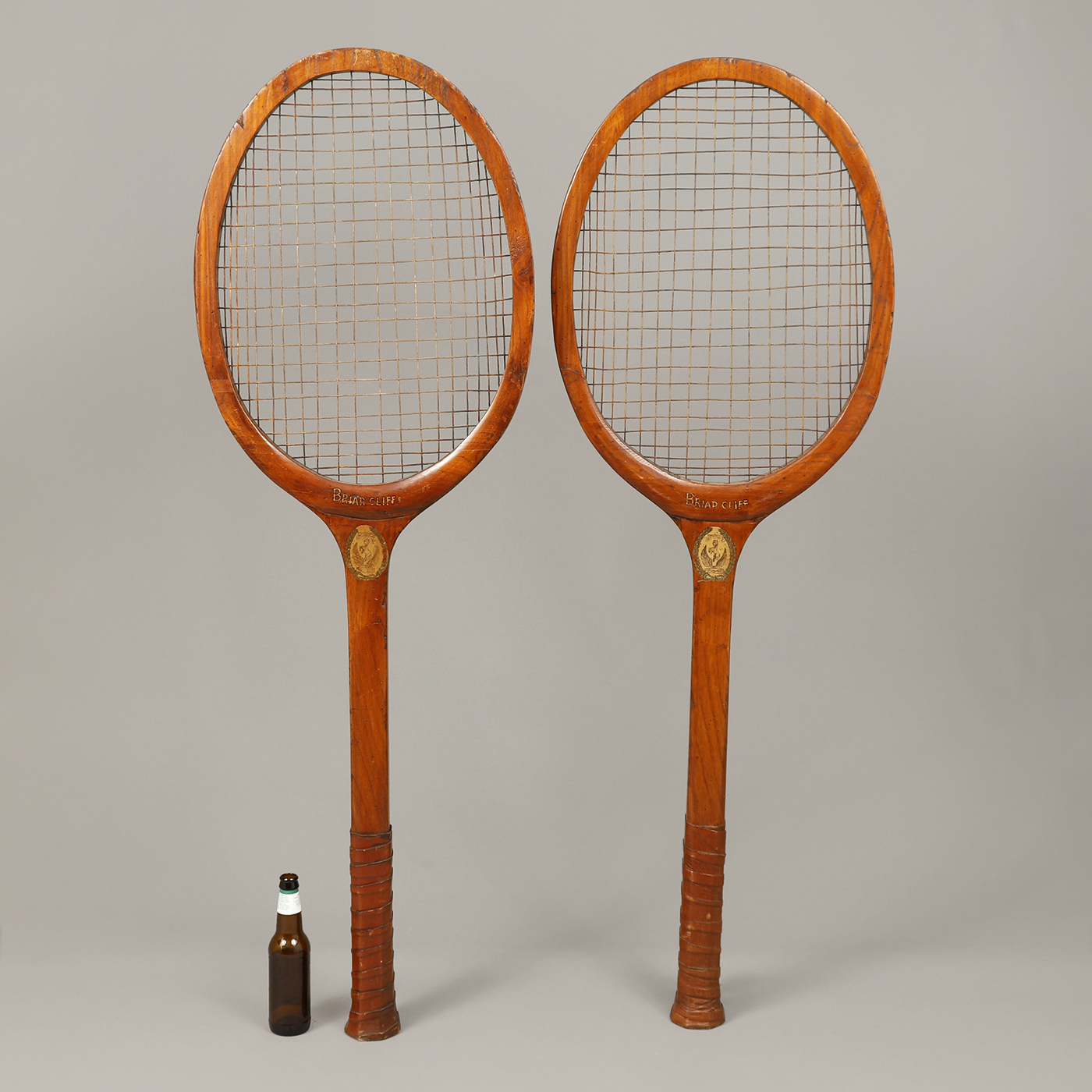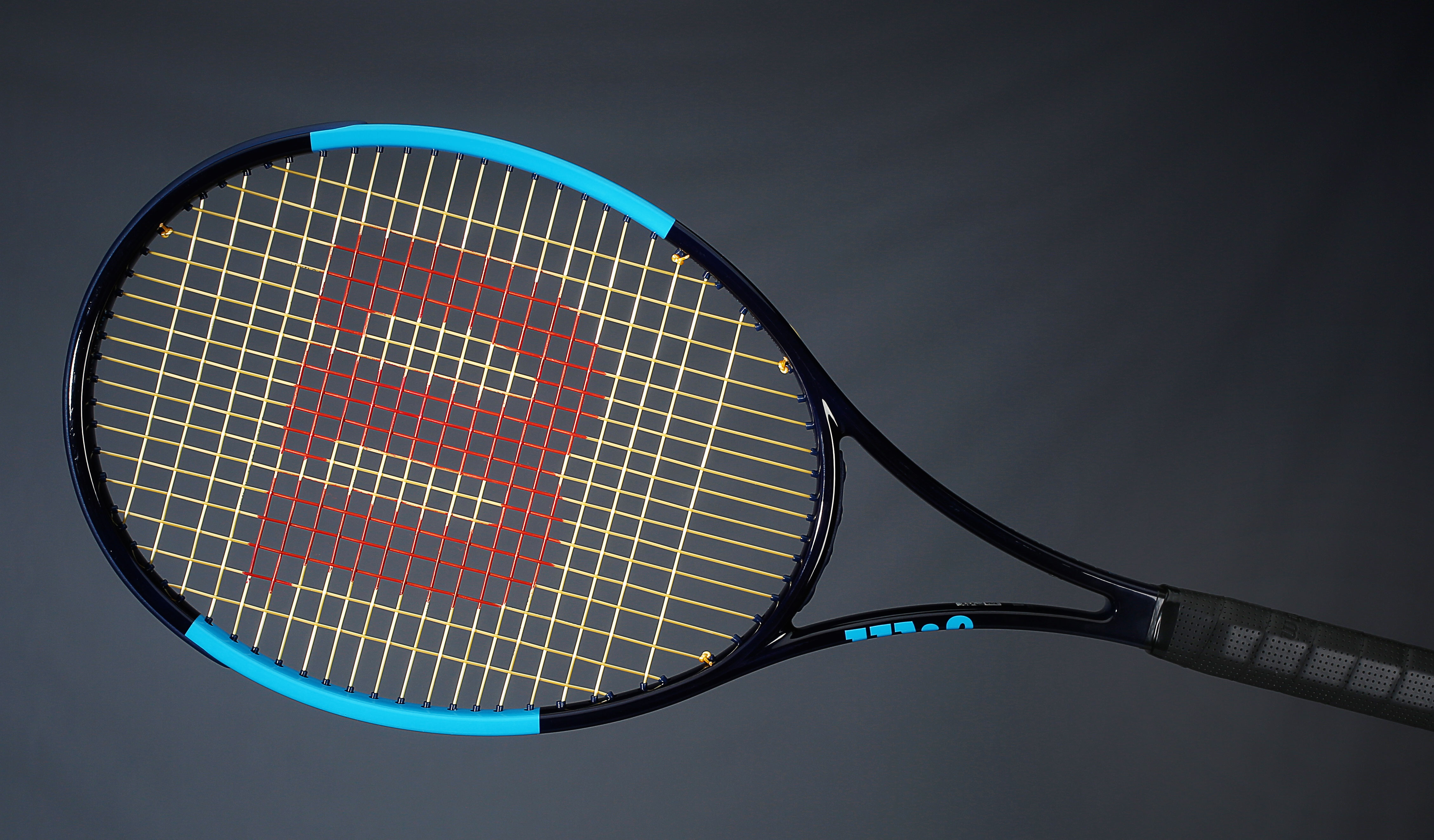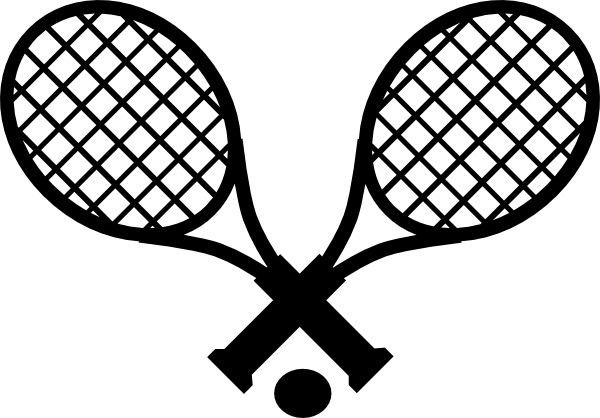
#Racquetball racket professional#
Eventually, after the tour collapsed in the fall of 1988, a new men's tour called the International Racquetball Tour (IRT) was created by Oregon State President and popular tournament promotor Hank Marcus, which remains the primary men's professional sanctioning body to this day.
#Racquetball racket pro#
Several professional governing bodies ruled the Men's pro tour throughout the 1980s, and the Women broke away and self-organized their own professional tour in the same time period.

The NRC and Kendler ruled over professional racquetball throughout its early stages of growth, but upon his death in 1982 the organization declared bankruptcy and the professional men's tours fell into disarray. Since then, the number of players has remained steady, an estimated 5.6 million. This growth continued until the early 1980s, and declining in the decade's latter part when racquet clubs converted to physical fitness clubs, in service to a wider clientele, adding aerobics exercise classes and physical fitness and bodybuilding machines. Consequent to increased demand, racquetball clubs and courts were founded and built, and sporting goods manufacturers began producing racquetball-specific equipment.

Starting in the 1970s, and aided by the fitness boom of that decade, the sport's popularity increased to an estimated 3.1 million players by 1974.

Kendler used his publication ACE to promote both handball and racquetball. In 2003, the USRA again renamed itself to USA Racquetball (USAR), to mirror other Olympic sports associations, even though Racquetball is not an Olympic sport. Eventually, the IRA became the American Amateur Racquetball Association (AARA) in late 1995, it renamed itself as the United States Racquetball Association (USRA). The IRA was a founding member of the International Racquetball Federation (IRF). For a period of time in the 1970s, the NRC and the IRA both offered competing "Amateur" and "Professional" tournaments, but by the late 1970s the NRC was focused on the professional game while the IRA became focused on the amateur side, and became recognized by the United States Olympic Committee as the official National Governing Body (NGB) of the sport. In 1973, after a dispute with the IRA board of directors, Kendler formed a competing organization called the National Racquetball Club (NRC), which eventually became the dominant professional tour in the 1970s. That same year, the IRA assumed the national championship from the NPRA. Handball Association (USHA), the International Racquetball Association (IRA) was founded using the name coined by Bob McInerney, a professional tennis player. Kendler, the president-founder of the U.S. The new sport was rapidly adopted and became popular through Sobek's continual promotion of it he was aided by the existence of some 40,000 handball courts in the country's YMCAs and Jewish Community Centers, wherein racquetball could be played. In February 1952, Sobek founded the National Paddle Rackets Association (NPRA), codified the rules, and had the rules printed as a booklet. He designed the first strung paddle, devised a set of rules, based on those of squash, handball, and paddleball, and named his game paddle rackets. A professional tennis and American handball player, Sobek sought a fast-paced sport that was easy to learn and play. Joe Sobek is credited with inventing the sport of racquetball in the Greenwich, Connecticut, YMCA, though not with naming it. It is also very similar to the British sport Squash 57, which was called racketball before 2016 (see below for a comparison).

The sport is very similar to 40×20 American handball, which is played in many countries. Racquetball is played between various players on a team who try to bounce the ball with the racquet onto the ground so it hits the wall, so that an opposing team’s player cannot bounce it back to the wall. Also, the court's walls, floor, and ceiling are legal playing surfaces, with the exception of court-specific designated hinders being out-of-bounds. Unlike most racquet sports, such as tennis and badminton, there is no net to hit the ball over, and, unlike squash, no tin (out of bounds area at the bottom of front wall) to hit the ball above. Joseph Sobek invented the modern sport of racquetball in 1950, adding a stringed racquet to paddleball in order to increase velocity and control. Racquetball is a racquet sport and a team sport played with a hollow rubber ball on an indoor or outdoor court.


 0 kommentar(er)
0 kommentar(er)
